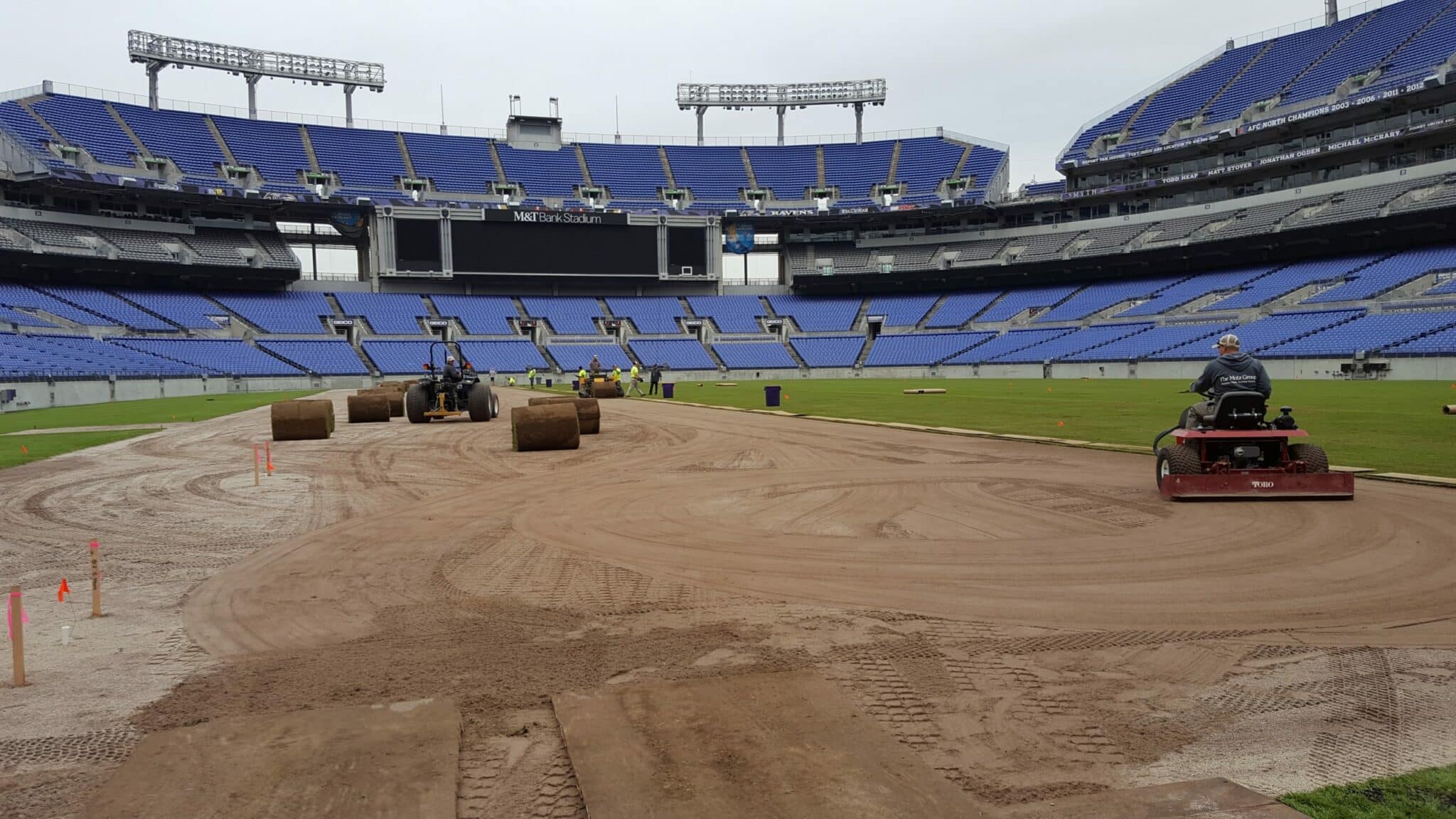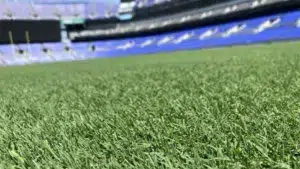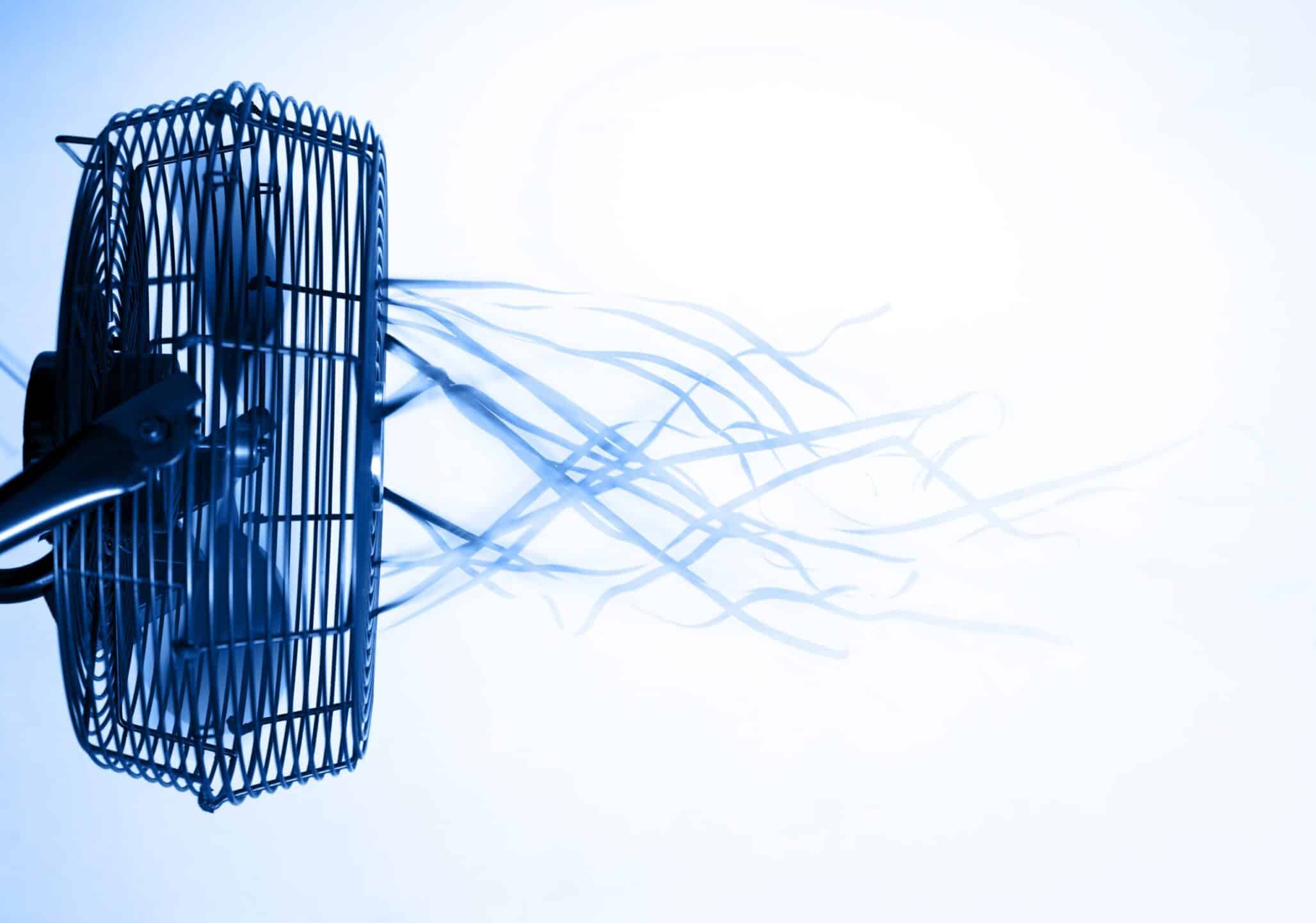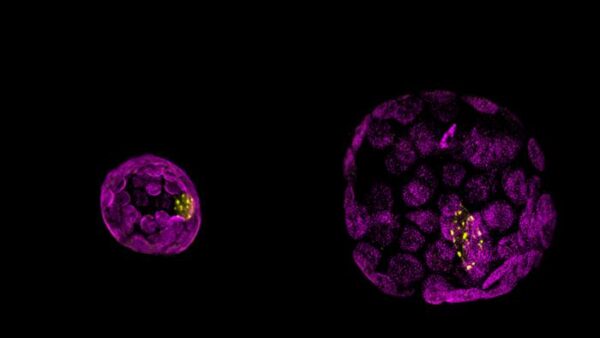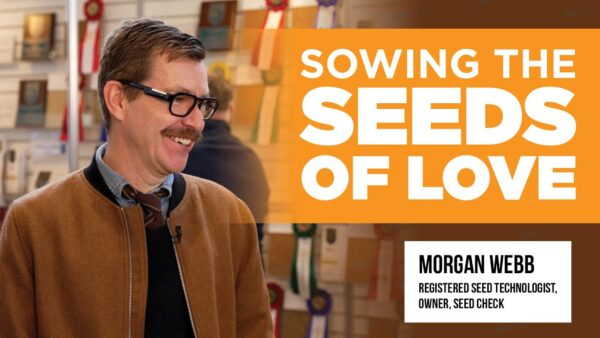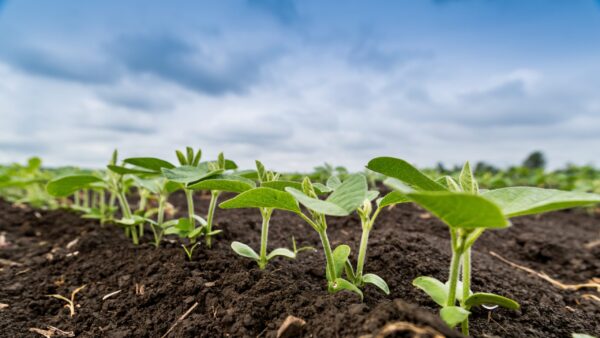As NFL players call for the switch to natural grass, it’s time to address the concerns of artificial turf.
For years, the U.S. has been in debate of what’s better to play sports on: natural grass or synthetic turf? It’s debated from high school to college to pro sports, and it’s particularly becoming highlighted in one major area: football.
NFL players across the country have been calling for stadiums to make a switch from artificial to natural. Why? For player safety.
“Some in the NFL Players Association are making claims that they feel every NFL team should switch to natural grass,” says Matt Duncan, account manager at DLF Pickseed. “The bottom line is, they feel that synthetic turf shortens their careers. There’s been a lot of research looking into that. Natural grass is more forgiving.”
According to a study published by the American Journal of Sports Medicine, play on synthetic turf resulted in a 16% increase in lower extremity injuries per play than on natural turf.
“When maintained, natural turf will actually give way, whereas artificial turf often catches the foot,” says Kevin Morris, executive director of the National Turfgrass Evaluation Program (NTEP). “If that foot doesn’t pivot, it can cause these lower leg injuries like ACL and ankle injuries at a greater rate.”

In response to a switch from natural to artificial turf at the University of North Carolina, Turfgrass Producers International and the North Carolina Sod Producers Association noted this study mentioned 1,280 NFL games were played during the 2012-16 seasons. During those games, 4,801 lower body injuries occurred, which affected 2,032 players. Artificial turf resulted in a 27% increase in non-contact lower body injuries.
So why is artificial turf still in play?
Upkeep Upkeep Upkeep
One of the hot debates between natural grass and synthetic is the debate of upkeep. Of course, the common misconception is that natural grass takes so much more upkeep than synthetic, because there is no upkeep with synthetic! Right? Wrong.
Just like you have to maintain natural turf, you also have to maintain artificial.
“There are maintenance standards that artificial turf companies often don’t tell you,” Morris says. “When many school districts put in artificial turf, they have this idea that it’s maintenance free, or that they can send just any untrained employee out to sweep it or clean it.”
Morris notes that synthetic fields have a lifespan as well — while they won’t get torn up like natural grass, artificial fields last about seven to 10 years.
When it comes down to it, that misconception of “no upkeep” really propels the popularity of synthetic.
“If they have synthetic turf, a common idea is they don’t have to have a whole crew of people to paint the field and mow it,” Duncan says.
When it comes to natural grass, there’s of course upkeep — it’s a living thing.
“There’s definitely some training that comes with being a sports turf manager,” Morris says. “They need the resources to fertilize, put seed down regularly and come back and check on it on some regular basis.”
At a professional level, this is usually an easier endeavor. At a parks and recreation or high school level, this task is more daunting.
“Football is a game that’s played in the turf, not on it,” Duncan says. “The players plant their feet to get ready for impact, and it’s really disruptive on turf. Dressing those areas with sand or topsoil and applying new grass is necessary throughout the season to keep grass coming up as they’re playing on it. The reality is: one rainy Friday night in a high school or college game can impact the rest of the season.”
Environmental and Safety Benefits
However, though there’s more upkeep with natural grass, the benefits outweigh the downsides.
One major benefit to note is the environmental impacts of natural grass. Grass can provide plenty of benefits that help cities maintain sustainability.
“Natural grass sequesters carbon from the environment from factories and cities faster than trees,” says Duncan. “It helps keep the carbon level down and it stops the erosion as water flows through it.”
Grass also acts as a natural coolant as well.
“Artificial turf has tremendous heat loads,” Morris says. “The heat load on artificial turf is regularly documented anywhere from 40 to 60 degrees Fahrenheit more than natural turf.” In the summer, that means the turf could reach the temperature of hot asphalt.
Many artificial fields require irrigation systems so water can be applied to provide cooling.
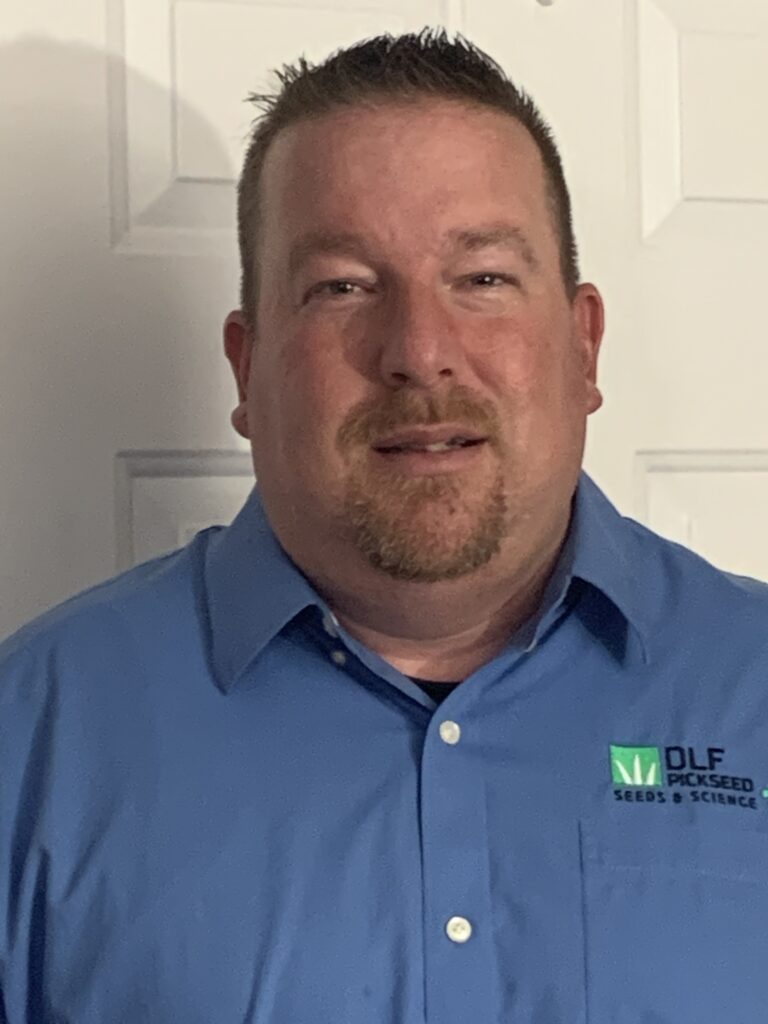
“I’m working on the grounds crew for the Little League World Series in Williamsport, Pennsylvania right now, where it’s about 93 degrees,” Duncan says. “These fields are natural grass. But there’s complexes like this around the country that use synthetic turf — I can’t imagine playing on a day like this on synthetic turf. If you take the 93 degree air temperature now, the synthetic turf has the ability to be 60 to 70 degrees above the air temperature.”
In addition to burns to the bottom of your shoes, it also increases the rate for heatstroke.
It’s Time to Educate
One thing both Morris and Duncan agree on: the turfgrass industry needs to do a better job educating about the maintenance and upkeep of natural grass — and that it’s an achievable endeavor.
“Our industry has done a pretty poor job of presenting the benefits of natural grass sportsfields,” Morris says. “Anytime that you’re in a school district or municipality where the debate is presented, you don’t necessarily see the pros and cons of both options. We need to get out there and show them the benefits.”
“There are schools and communities where the person maintaining the field doesn’t have training, and they’re starving for it,” Duncan says. “It’s a huge benefit to have groups like the Sports Turf Managers Association where people can network and be put in contact with one another. That way, they can discuss ‚ÄòHey, how did you get through this?'”
As for artificial turf? Of course, there’s always a time and place where it’s appropriate.
“There’s a school in D.C., a private school, that’s basically landlocked,” Morris says. “They have their field on top of the parking garage of their school. Well, it’s pretty hard for them to have a natural turf system, and they need a place for kids to play!”
But when it comes down to it, natural turf is still the preferred sportsfield.
“Even the Baltimore Ravens made the switch from synthetic turf to natural grass,” Duncan says. “Let’s hope that trend continues.”


